RevivaSoil Test Run: UK Farmer Trials Remineralization Against Synthetic Fertilizer
From Left to Right: Andy Carp from Agrimagined, Geologist; Mark Mitchelmore, Technical Manager of Breedon Quarries Ltd; David Lomas, Dairy Farmer; Prof. Suzi Huff Theodoro; Andrew Ollier, Mixed Farmer; Bryan Ollier of Agrimagined, Agricultural Engineer; John Morris, Organic Farmer
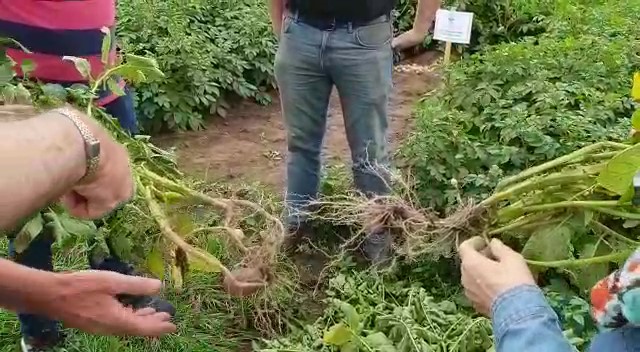
In England, Pickmere-area farmer Andrew Ollier has been running trials of experimental potato varieties alongside a separate trial with RevivaSoil rock dust supplied by Agrimagined Ltd. on potatoes to compare with his normal usage of synthetic fertilizers when applied with and without cattle manure.
Key trials consisted of utilizing just RevivaSoil versus synthetic fertilizer, as well as RevivaSoil versus a combination of synthetic fertilizer with cattle manure in either case. Ollier planted the crops on May 4 of this year. With little rain leading up to a July 13 ‘open day’ for farmers to inspect new varieties and see improvements with Revivasoil, the recorded differences between crops were minimal. However, increased rainfall thereafter greatly stimulated growth.
Rainfall is essential for activating and weathering the rock dust particles when in the soil so that the nutrients become slowly available for the soil microorganisms and plant-root systems.
Potato plants grown in RevivaSoil-treated soil had much more extensive root systems when compared with plants grown in soils treated only with synthetic fertilizer. A bigger root system means that plants can access more water and nutrients from the soil. It also allows for more air to penetrate soil, which is essential for soil microorganisms. With the addition of manure, though, the root systems in RevivaSoil and synthetic fertilizer-treated soils were more similar.
RevivaSoil is a product made of up to four-millimeter graded rock dust particles from local aggregate quarries that work on basic igneous rocks. The product has been carefully analyzed and approved, containing more than 40 different elements and micronutrients that are needed for plant growth.
While spreading RevivaSoil onto the potato trial area, adjacent grassland and wildflower areas were inadvertently also treated. As a result, the neighboring dairy farmer noticed denser, greener grass more suitable for feeding cattle. As for Ollier’s crops, he will harvest the potatoes in September. At that point, he can conduct final analysis for the trials.
Prof. Suzi Huff Theodoro visits UK farms
During her time in Great Britain for the 2022 World Congress of Soil Science in Glasgow, Suzi Huff Theodoro, professor of soil geology at the University of Brasilia, visited Pickmere farms using UK-sourced soil remineralizers.
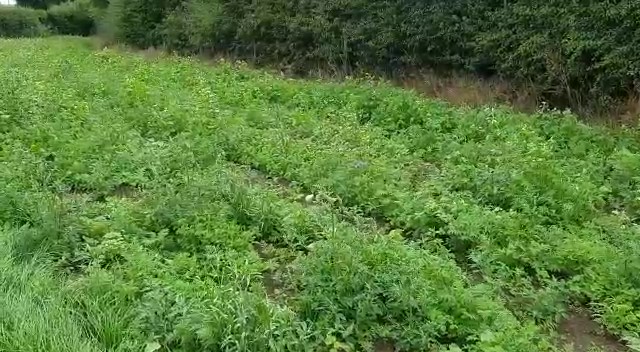
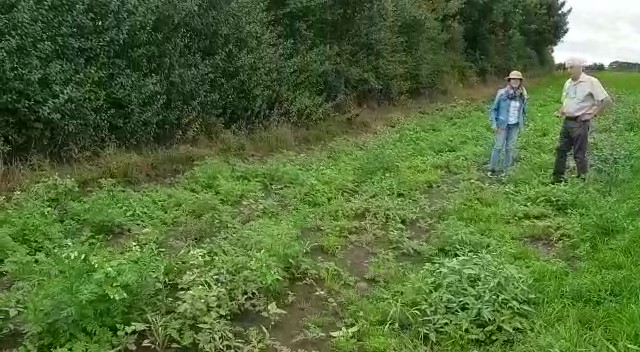
For more than 30 years, Theodoro has advocated for soil remineralization in Brazil — a country that imports 85 percent of its chemical fertilizers. Known as ‘stonemeal’ in her country, the rock dust used for remineralization in Brazil is the same type of product as RevivaSoil in the UK, which contains macro and micronutrients, as well as trace elements.
Healthy plants treated with rock dust have greater resistance to pests and diseases, reducing the need for chemical pesticides. Healthy plants also make for healthier food. In Brazil, farmers have applied more than four million tons of rock dust so far in 2022, according to Theodoro.
By exchanging knowledge and experiences on alternative methods and technologies, farmers and soil scientists can better understand opportunities for improving farm production processes.
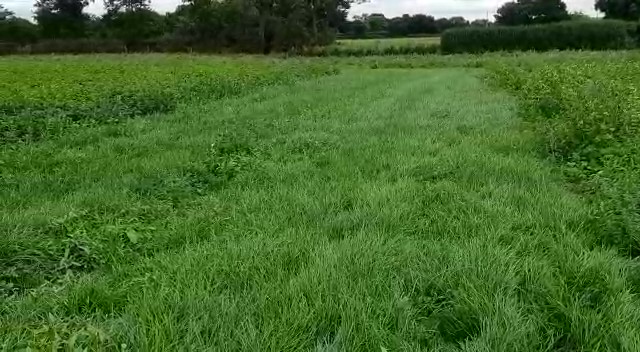
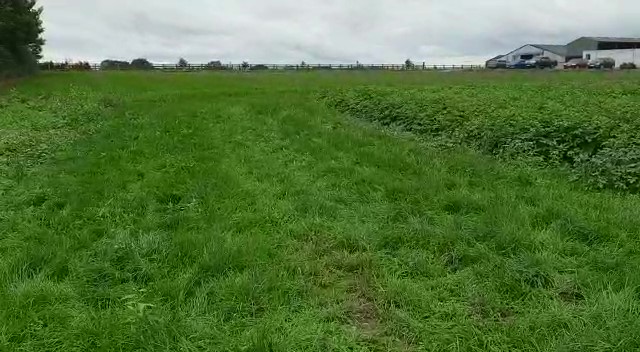
Support us on Patreon
Thank you for joining us today! Please become a member of RTE and support us on Patreon. Unlike many larger organizations, we work with a team of determined and passionate volunteers to get our message out. We aim to continue to increase the awareness of remineralization to initiate projects across the globe that remineralize soils, grow nutrient dense food, regenerate our forests’ and stabilize the climate – with your help! If you can, please support us on a monthly basis from just $2, rest assured that you are making a big impact every single month in support of our mission. Thank you!

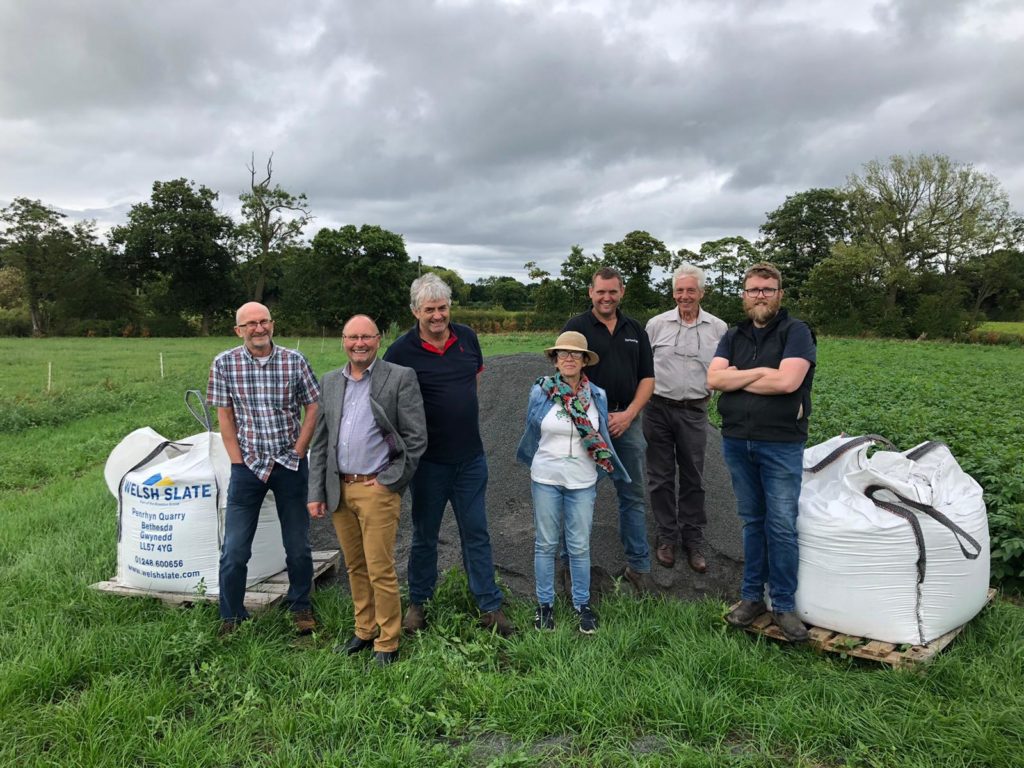






Fred van Leeuwen
September 1, 2022 (9:33 am)
I have read in several places that rockdust nutrients will only become available as a result of weathering after approximately 2 years.
Therefor, could it not be that the better looking growth on revivasoil treated soil is only the result of soil amendment and not of the nutrients that have become available through weathering?
Joanna Campe
September 4, 2022 (10:14 am)
Please take a look at our white paper (https://www.remineralize.org/wp-content/uploads/2022/08/RTE-Remineralization-for-a-Healthy-Planet.pdf). We need to make a distinction between remineralization and enhanced weathering. There are decades of research and experience on the application of rock dust for agriculture. Most studies on enhanced weathering have appeared since 2017. You can see an immediate reaction through the application of rock dust in soils and even uptake by the plants. Rock dust is food for the microorganisms in the soil, and it greatly enhances microbial activity.